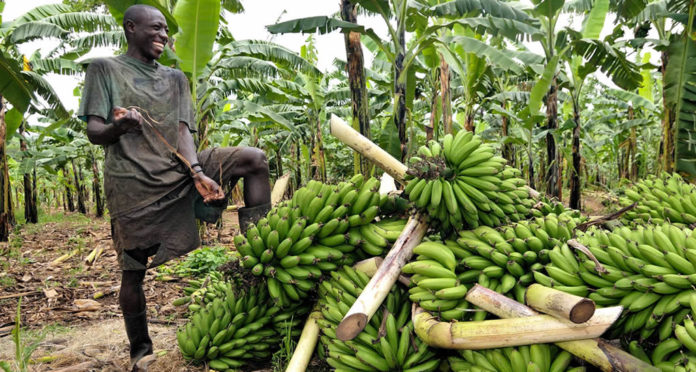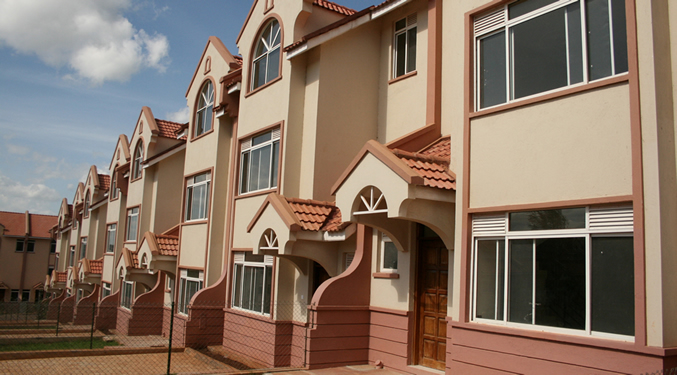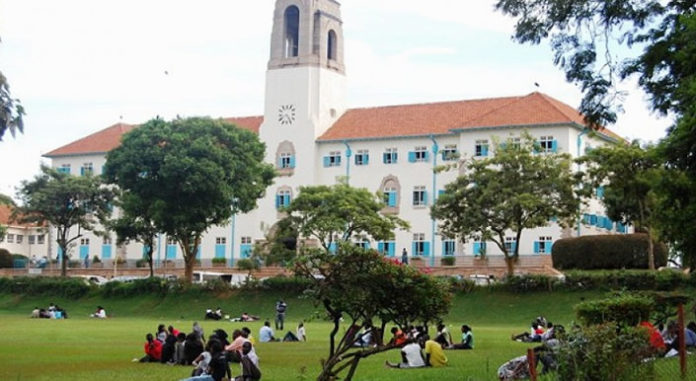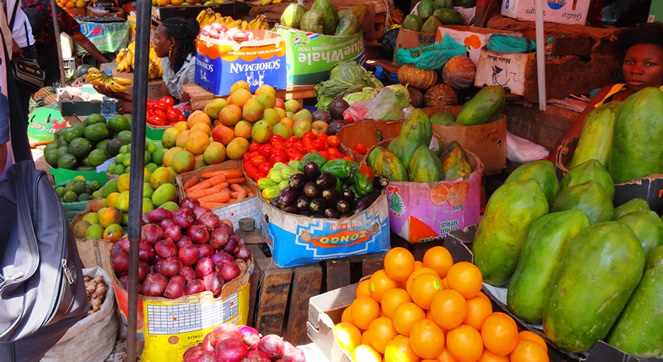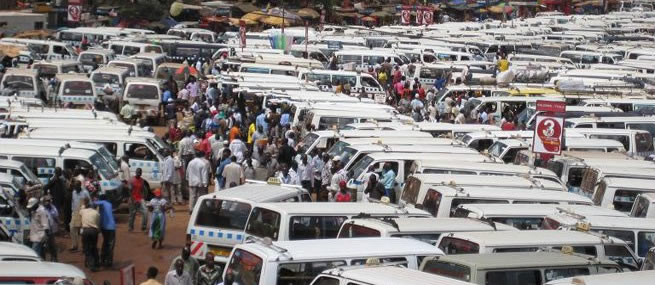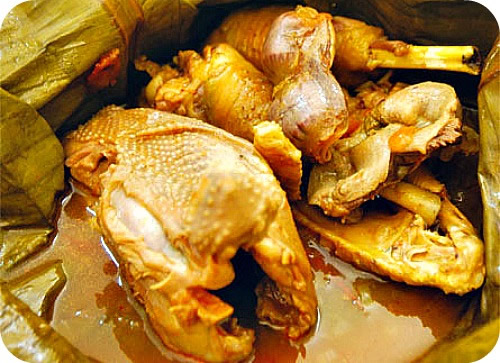Uganda Agriculture
Organizations supporting agriculture in Uganda
Kulika Uganda
Kulika Uganda is a non profit Ugandan organization working to gether with power communities in Uganda so as to improve livelihood of very power communities through education and agriculture. Kulika works hand in hand with local farmers to foster improvement of organic farming in communities. Kilika embassies organic farming and teaches local farmers,...
Real Estate Businesses In Uganda
Dealing in selling, renting and buying of land, houses and apartments, real estate business has presently become a major area of business in Uganda. Profit earning is the main focus for all the stakeholders in the real estate business, brokers, managers and the owners of the property among others. The business entails different opportunities, which include the real...
Education in Uganda
Education being one of the millennium development goals, Uganda has considered it as one of the key priorities to invest in. Uganda’s education started way back in the 1960’s with the smallest number of people in schools after which the number started to increase. In 1997, the national resistance movement with the leadership of Museveni brought universal primary education...
Fall Armyworm Spreads to East Africa
Much as farmers in East Africa have sought of healing from prolonged drought that has hit the region, the spread of fall armyworm is a new threat that has spread at a rapid stage. At present, fall armyworm has already spread in countries of Rwanda, Ethiopia, Burundi Uganda and has been recently detected in Kenya believed to have...
Risks in farming/agriculture
Whereas many Ugandan’s take part in agriculture as a source of employment opportunities and livelihood, the activity is hindered by various risks and uncertainties drawing back its productivity. Being an open-air business, agriculture is highly affected by weather conditions such as prolonged drought, heavy rainfall, and rainstorms among others. Its difficult to predict what may happen from the time...
Kitenge: The unfazeable African fashion
Uganda is majorly known for incredible wildlife safaris like gorilla tours and game viewing but the "Peal of Africa" is also culturally intriguing especially when it comes to dressing. Kitenge has presently become the highlight for fashions and styles in Uganda and Africa as a whole. Having been tailored in different style and fashions, kitenge is now a trending...
Bridal dressing in Uganda
Looking for the best bridal dress? Myuganda brings you the leading dealers in quality bridal dresses and attires for all kinds of parties and ceremonies. As parties become part of Uganda culture, dressing smart and admirable is a dream for every one intending to have a party. There are different bridal dresses that have been brought on market...
Tour operators
All safaris to uganda are planned and arranged through various tour operators who offer safari packages and the nearby countries depending on the interest of clients. interestingly, a travelers can get the details of each tour operator and read reviews which past clients have written about specific companies on trip advisor. A trusted tour operator must be...
Transport In Uganda
Traveling to, from and within uganda is very safe and quick. There are diverse means of transport with which you can reach out to all parts of the country. The country is bordered by Kenya in the East, South Sudan in the north, Tanzania in the south, Rwanda and Democratic Republic of Congo in the west. Despite the...
Uganda Cuisine
While reflecting on what makes Uganda the pearl of Africa, cuisine is one of the things that make Uganda an exceptional country. Uganda foods comprise of traditional and local foods to international foods served in all hotels, restaurants and local homes. Each tribe has its staple food whereas all tribes share specific kinds of foods in that all...

